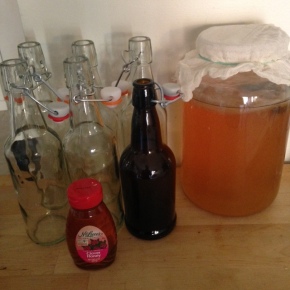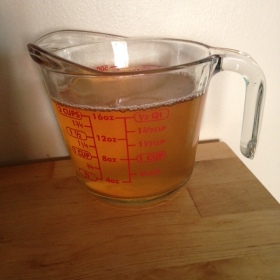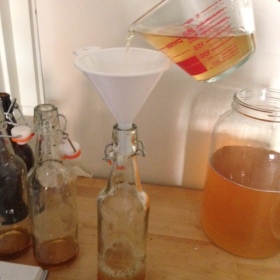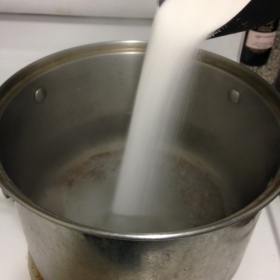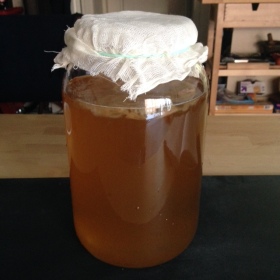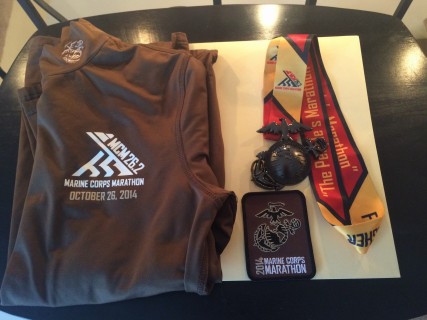“What such a man needs is not courage but nerve control, cool headedness. This he can get only by practice.” -Theodore Roosevelt
Steady your nerves; control your emotions. My team was given a tight deadline at work last Friday, a few colleagues complained our supervisor deadline was unrealistic. Today, one asked why I seemed so happy despite the mountain of work in front of us; she couldn’t understand why I remained outwardly unfazed (75 pages of SAS output suggested our primary and double data entry didn’t match. The solution–systematically checking the source documents for the right answers–may take more than a week). I responded, “does getting upset provide us with more options?”
Parts one, two, and three of Ryan Holiday’s book “The Obstacle is the Way” are respectively titled perception, action, and will. My marathon training and concurrent reading, and re-reading, of Holiday’s book ingrained this lesson in my mind. As Holiday argues in part one, “obstacles make us emotional, but the only way we’ll survive or overcome them is by keeping those emotions in check.” By first stepping back to steady our nerves and take control of our emotions we can remain objective in the face of adversity and alter our perspective. The mountain then becomes an ant hill.
The same could be said of my fundraising experience for Joslin’s Marine Corp Marathon team. Truthfully, I started late; if I tried again, I would solicit with greater intensity, sooner. I would use e-mail, snail mail, the telephone, and social media. I would pour my efforts, time, and resources equally into every approach. I would track where donations came from and through what means. Then, I would put all my efforts into the avenues that proved most efficient and effective.
Honestly, when I first signed up for the Marine Corps Marathon, Joslin asked me to raise $1,000; I raised $358. To many, that glass would seem half empty; to me, it’s full. Even if half-filled with water, the remainder is air. I raised $358, the missing $642 is the lesson.
The realization reminds me of a photograph I took in Lithuania. The sentence below, found on the side of an art museum in Vilnius, roughly translates to: everyone is an artist, but only artists are aware.

egnahc ta kool uoy sgniht eht ,sgniht ta kool uoy yaw eht egnahc uoy nehw
-Ryan

